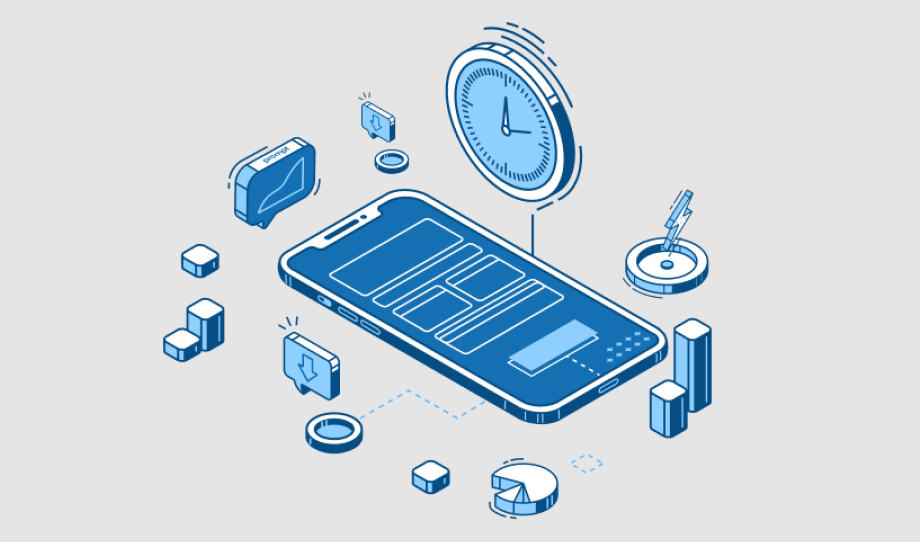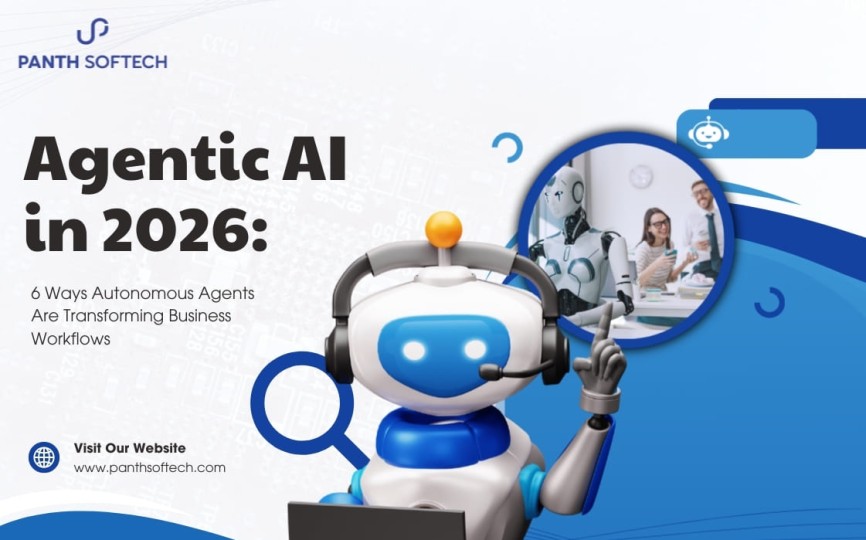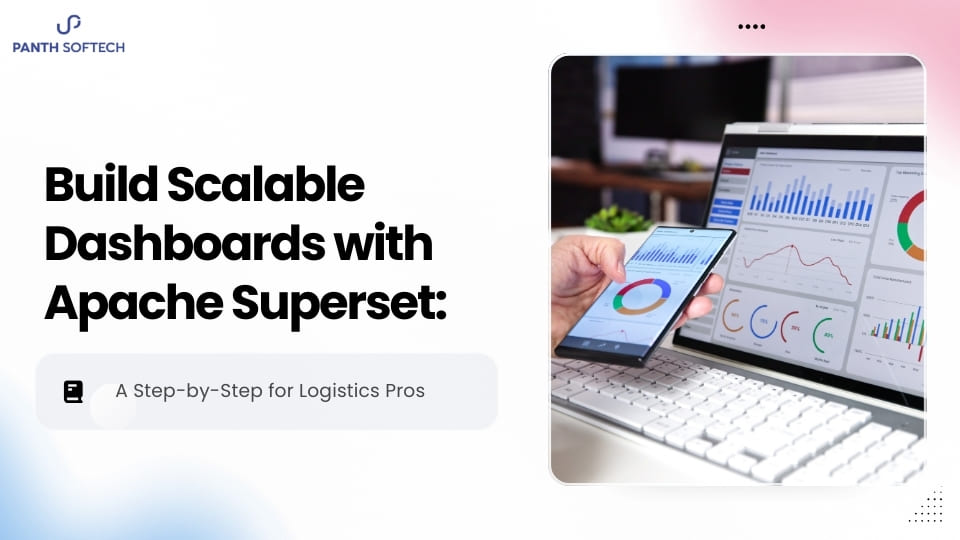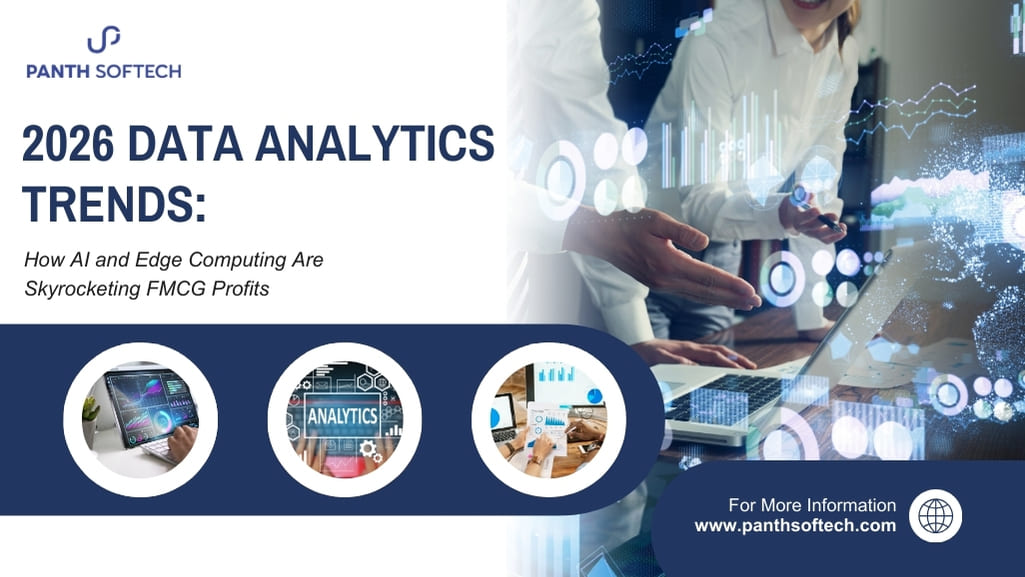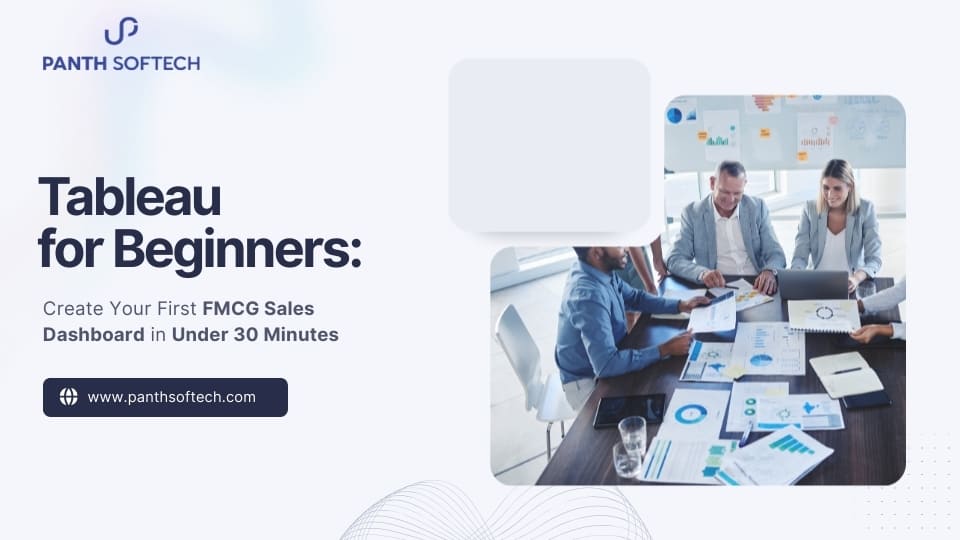Nowadays, it is quite apparent that most of the Internet of Things that is IoT solutions or services are dependent on mobile applications. If we look around, we’ll find that either for industrial or consumer or commercial use cases, mobile applications are important user interfaces to interact, configure and control connected devices or digital services in an IoT system.
Many traditional mobile application development companies share that they are ready to embrace IoT but add that creating IoT applications requires much effort and expertise.
Suppose a traditional app development includes IoT as just one of their mobile capabilities. In that case, it should be considered a warning flag because IoT requires knowledge and expertise, which comes with focusing on IoT over a long time.
What are Important Mobile App Skills for IoT Developers?
Bluetooth Low Energy:
Bluetooth Low Energy enables smartphones to connect directly to IoT devices like sensors, smart appliances, and others. This allows mobile apps to perform works like collecting data from the devices or controlling or configuring the behavior, provision network credentials and updating the device’s software, and many other things.
This BLE is based on the same radio technology as traditional Bluetooth but consumes less power. This feature makes BLE the best for battery-powered IoT applications that do not send or receive a large amount of data. BLE provides support for modern smartphones. It is especially useful in providing network credentials, like sharing wifi SSIDs and passwords to an IoT device. The important point is to do this securely, mandating know-how beyond the basics.
Besides this, working with BLE demands knowing the communication protocols and unique behaviors of the IoT devices. This implies knowing how to troubleshoot the problems and debug issues. Other than this, it also demands experience working with the embedded microcontroller systems that power most devices. The traditional mobile app firms often do not get this type of experience. Pertinent details of the nuances of BLE in different mobile application frameworks like React Native, iOS, and Android environment is also important. Every framework or environment works differently.
Zero-Configuration Networking:
Zero-configuration or Zeroconf is another way smartphones can detect and interact with nearby devices. This system is less used than BLE for this purpose but is often employed for communicating with devices connected to the smartphone’s local wifi network. There are different protocols available that permit the mobile app to discover devices present in the network without needing any special network configuration. Therefore, these protocols are altogether known as Zero-Configuration Networking. These protocols consist of MultiCast DNS (MDNS) and Apple Bonjour.
Smartphones transfer different messages on the network to detect specific device types. The devices supporting the protocol will react with their service name and IP address. This allows the smartphone to develop a direct connection with the device. It is important to have skills and experience with networking and embedded devices for implementing Zeroconf networking.
IoT Cloud Service Integration:
Most of the IoT mobile apps integrate with IoT cloud services. This integration to digital services operating in the cloud allows users to communicate with the devices even when they are not in the range. It also allows users to get useful insights from IoT system data.
Cloud service providers offer many software solutions for IoT systems that can do things like route messages, process events, index devices, and aggregate data. Mobile apps interact with these services.
Often, mobile apps for IoT communicate with custom cloud APIs to streamline the interaction between the cloud services and mobile applications. Having experience with REST API and HTTPS is important, and for IoT applications, knowing MQTT and GraphQL.
Executing good security protection is crucial when connecting to cloud services. To establish this, it needs expertise in methods for authenticating user accounts and setting up access protocols. The entire system ensures that the right users and systems access the right resources, not others. Establishing good security is not a small task and demands precise knowledge of the IoT system and its implementations. Therefore, mobile app developers holding loud experience, specifically IoT-oriented cloud services and patterns, are highly useful for developing great mobile apps for IoT. Holding a good connection with multiple cloud service providers and their capabilities and subtleties add a lot of worth. This also helps select the most optimal services and their providers for specific purposes.
Interfacing with IoT Devices:
IoT system connects the physical devices using networks to digital services and user interfaces. To perform the functions, physical devices have computing capabilities embedded inside them. These small compute consist of external interfaces to get sensor measurements, drive the display, store data, etc. We already discussed that mobile apps often connect to IoT devices over BLE, but the data shared over BLE varies by device type. The way data is collected and sent over BLE depends on the firmware operating in the device. The data available could be in any format, including binary. To exploit this data and debug any issues when they come up, it is important to know decoding, encoding, serialization, and bitwise operations.
Knowing how the IoT device works is important to understand the data needs. This may need reading datasheets and specification documents and reviewing the embedded firmware. Having information about embedded systems mobile makes this process seamless and more efficient.
Security:
IoT systems run on networks and manage important and private data. Therefore, they become the target of attacks from cyber criminals, security researchers, and others. Hence, IoT systems should have good security measures to safeguard the products and brands.
Authentication of users and devices is an important part. Mobile apps should ensure that users trying to log in are valid and even detect invalid users. Depending on the account, the user should have unique permissions and data access policies. Along with this, mobile apps also need to ensure that any device a user attempt to connect to is authentic and has not been tempered. This is only possible using cryptographically signed software and digital certificates. The data shared between devices and mobile apps should be encrypted. Mobile apps play an important role in updating the firmware of the specific connected devices they are developed to support. This requires securely downloading firmware files, verifying them, and transferring them over the device. To create such systems, it is important to have end-to-end security knowledge. Experience with data access policies and Over-the-Air firmware updates with cryptographically signed firmware is also important.
Cross Platform Development:
Well, there is no need to put effort twice and write two apps when you can have one? Earlier, there was a need to develop two separate applications for Android and iOS.
However, today there are cross-platform development frameworks that serve both. This implies that a single development project can offer mobile applications for both Android and iOS. It has been found that cross-platform development frameworks like React Native and Flutter can provide excellent results in minimum time. These frameworks permit developers to write code in a single language and render applications in native code. The native code varies between Android versus iOS. This means there is no difference in the performance. The final mobile apps perform well and provide the look and feel that Android or iOS users expect. These frameworks have been employed in thousands of web applications and mobile applications. Using a common framework for web and mobile applications adds many advantages to the consistency of user experience.
Mobile App Architecture for IoT:
Mobile apps for IoT should look great and operate flawlessly. The best people to develop the user interfaces must necessarily be the developers with a good grip on core functionality.
Suppose a company delivers the core IoT capabilities for an app inside a bundle of software that partner companies or customers can use within the mobile application. This enables them to focus on developing a seamless user experience without considering the complexities of the IoT features underneath. Your developer should pack the core IoT capabilities into mobile software development kits that can summarize all the IoT complexity into a compilation of software that reveals clear APIs to other mobile app developers.
These SDKs, i.e., software development kits, have APIs for cloud connectivity, device data access, account management, etc. This allows mobile developers to have less IoT complexities experience and access to the IoT APIs to prioritize the application’s user-facing features.
Summary
These are a few reasons advocating Mobile Apps for IoT are unique and require unique skills to develop. These consist of IoT-specific mobile app development features like BLE and the cross-domain experience like cloud and embedded.
If you wish to add great IoT experiences for customers, collaborate with a company with a forte in IoT development and implementation. Connecting with an experienced mobile app development company can improve your business and provide a greater user experience. IoT is the next-gen technology with the only objective of simplifying the existing complex system. It also ensures that customers don’t struggle while using apps or services, and on the other hand, it saves time and cost for the service providers.
